On the grounds of the “Lotus of Bahapur”, the continental House of Worship in India, 400 young people from Haryana, Himachal Pradesh, Jammu, Kashmir, Punjab, and Rajasthan joined 1,500 of their peers in New Delhi—making a total of 1,900 youth— who participated in a youth conference from 4 to 6 October to consider how their generation could lend further impetus to a process of community building that has been steadily gaining momentum over the past ten years.
In New Delhi, the community has been fully immersed in a process of collective transformation at the heart of which are conversations with friends and neighbours revolving around the study of the Word of God, cultivating a thirst for understanding, and a desire to serve humanity. In the neighbourhoods surrounding the Temple, individuals, communities, and institutions are collaborating by the hundreds to translate the vision of Bahá‘u’lláh into a reality for the city’s approximately 22 million inhabitants. At the forefront of this systematic effort is an expanding number of youth who are devoting themselves to nurturing the spiritual and intellectual development of children and young adolescents. This was clearly evident in the profound discussions, enhanced by practical experience and reflection, that took place during the conference. One participant who had been teaching a class to develop spiritual qualities in children for the past year said, “To bring about transformation in society, it is important that we educate the younger generation, both materially and spiritually.” This youth went on to describe how, since teaching spiritual principles in her classes, she had seen the children develop much more caring behaviour with one another— speaking to each other with love and kindness and being more inclusive when playing, so none were made to feel left out.
“To bring about transformation in society, it is important that we educate the younger generation, both materially and spiritually.”
A participant at the conference
Studying the themes in the materials had a deep impact on both the participants themselves and those around them. One young girl from New Delhi, new to the process, was told by her parents upon returning home on the first day that she could not go to the rest of the conference. However, she was so inspired by the ideas being explored that, unperturbed and forgetting sleep, she stayed up reviewing sections of the materials. When her father saw her and asked what she was doing, she explained with great conviction, “I have never studied anything like this before and it has given me a vision for my life.” Her father was so moved by this pure expression he decided that she must attend for the remaining days.
Conversations at the conference fostered understanding that in order to elicit the contributions of yet more, and eventually all, members of a community, it is vital to create an atmosphere of mutual support and assistance. “Friendship entails encouraging our friends and reminding them of their innate potential to contribute to the advancement of society,” one participant said.
The joy and enthusiasm generated from earnest study and consultation on the materials inspired many thoughtful artistic expressions. Participants were moved to join their voices with a large group of youth on stage in stirring songs. Traditional dances beautifully illustrated the cultural richness of India, such as the pirouetting movements and colourful attire of the ghoomar from the desert region of Rajasthan. Other groups presented skits articulating themes including the importance of friends supporting one another in their path of service.
As the youth prepared to return home, the vision of the responsibilities they would arise to fulfil imbued them with a clear sense of purpose to work for the material and spiritual progress of their neighbourhoods.
Return to top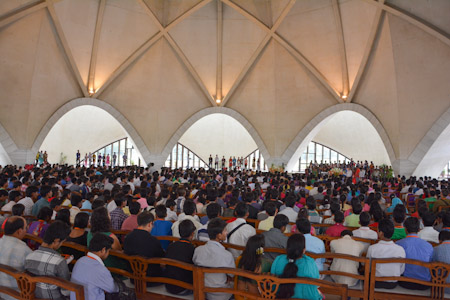
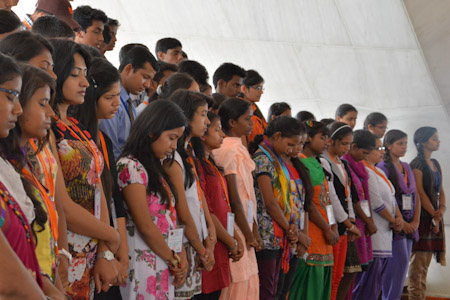
Prayers and devotional songs offered in the House of Worship created an uplifting atmosphere conducive to enlightening consultations
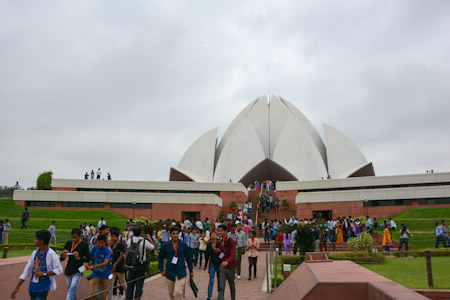
About 1,900 youth from several regions in northwestern India participated in the conference held on the grounds of the Lotus Temple
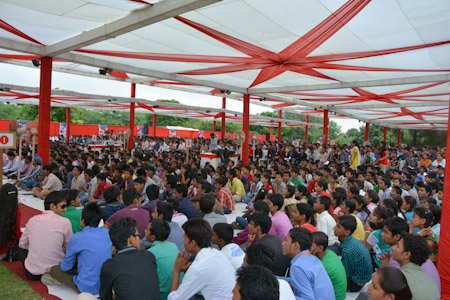
Plenary sessions were held outdoors on the Temple grounds
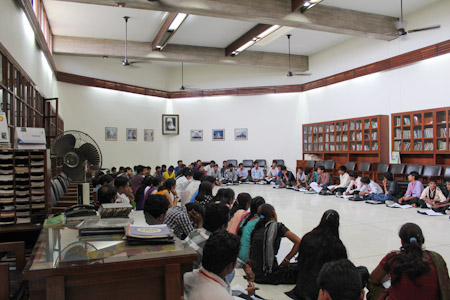
Discussions began in large groups and then broke into smaller ones in order to explore the concepts in light of their local realities
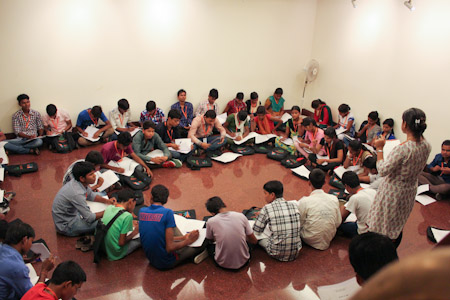
Conversations in workshop groups helped the participants advance their understanding

Participants were eager to gain insights into the concepts in the materials
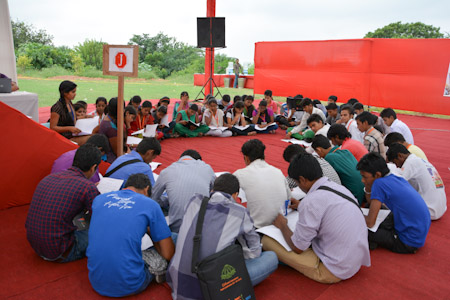
The youth reflected on ways they could assist those younger than themselves

Participants from the same neighbourhoods consulted about their plans for community building
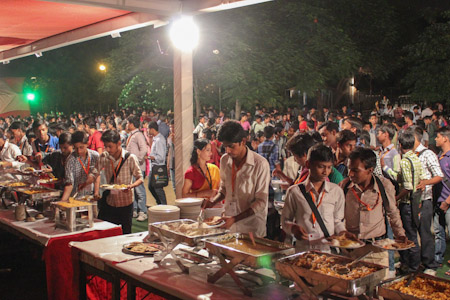
The large number of participants interacted with efficiency and love throughout both sessions and breaks
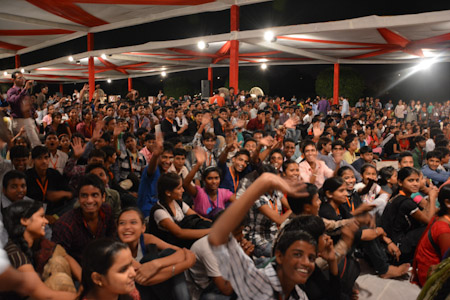
A collective spirit of joy reflected the insightful conversations and bonds of friendship among participants
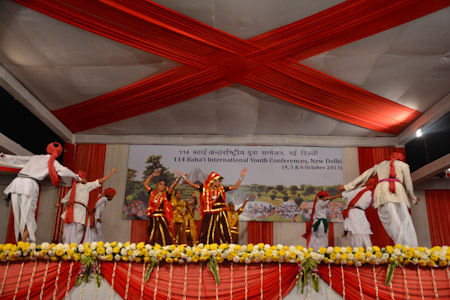
Artistic presentations enriched the beauty of the gathering
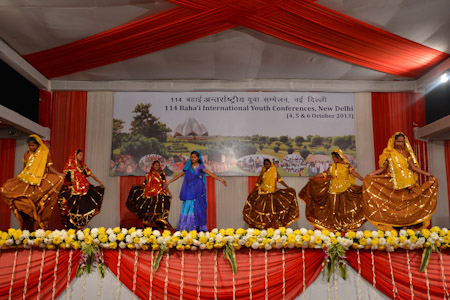
One traditional dance performed was the ghoomar from the Rajasthan region

Participants were moved to join in musical pieces sung by groups on stage